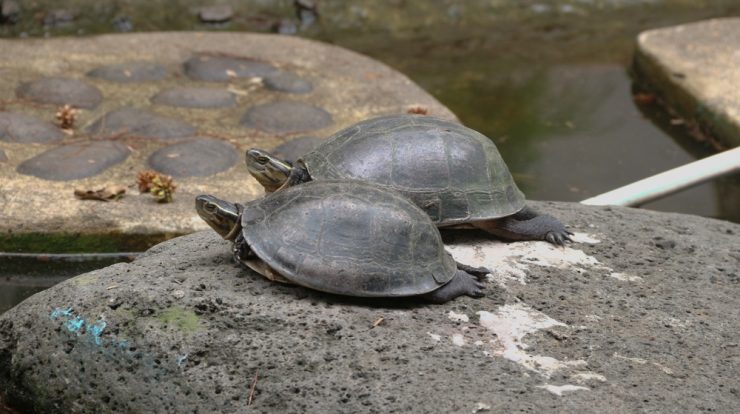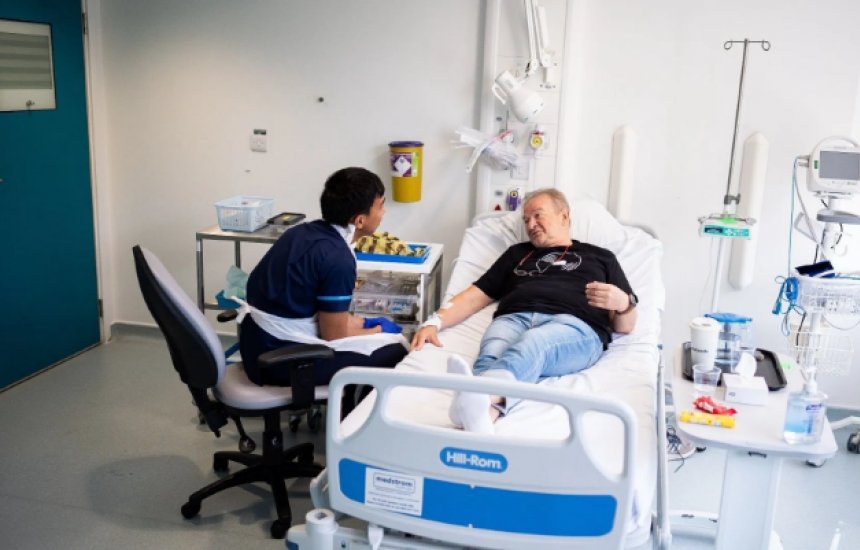
In FIFA 23, there are several playstyles that players use, but the possibilities of the composition are very much dependent on the performers who can impose aggressive or defensive football.
Often, against players with strong lineups and aggressive football, it will be necessary to oppose exactly the defensive version of winning back in the best traditions of Atlético Diego Simeone, or José Mourinho.
Defensive play style is a success factor:
● Performers
● Tactics
● Counterattacks
● Player substitutions
 Performers
Performers
The main counterpoint to aggressive football and world-class strikers is confident and consistent defenders and midfielders. A good defensive player can literally wipe out even titled players from the field through his game and interaction with the team.
First you have to collect your squad – you can complete game tasks and participate in tournaments to save up for sets and open them, or buy FIFA coins on a special site to increase your chances. I would advise spinning silver sets – they are quite affordable and will help to assemble a good starting lineup, including midfielders and defenders.
Tactics
If you look at Diego Simeone’s Atlético Madrid, they often use defensive tactics against world teams and have a high win rate.
Tactics are based on the control of key attackers, keeping the center of the field through the interaction of midfielders and defenders, and the transition to counterattacks.
The biggest part of the work falls on the shoulders of the midfielders – they have to move and, in fact, be on the defensive most of the time, but at the right moment go on the counterattack and take the ball to the forwards.
The advantages of tactics in the constant exhausting of the enemy – both physically and mentally. Opponents begin to break the rules under pressure and constant loss of the ball. Having exhausted the enemy, you can go on counterattacks.
Do not expect to win with a crushing score – defensive tactics can end the match with a score of 1:0 and for most of the match you will just keep the score and collect negative from the fans, but defensive football is not about entertainment, but about performance and reliability.
Remember that against a strong team you can only have a few chances per game, so spend your energy on scoring chances to the maximum.
The disadvantage of defensive tactics is that it does not work against fast goals. Missing one ball will already force you to attack, and two or more will force you to change tactics – be prepared for this.
Counterattacks
Counterattacks are the key to defensive football tactics. A quick transition from defense to attack is the most enjoyable episode of the whole painstaking strategy.
You can go on to counterattack immediately after intercepting the ball – the main thing is to pull as many players of the enemy team as possible into your own half of the field.
Do not waste time on unnecessarily reshuffles – counterattack is about speed and a quick dash in order to punish your opponent for a mistake. The attacker, with the support of the midfielders, must break into the goalkeeper’s area and score a goal, realizing all the efforts in defensive tactics.
If you see that the attack is choking and the defenders of the enemy are already returning to their positions and insuring the goalkeeper – do not bring the situation to the point of losing the ball – start shuffling back to regain control of the situation and wait for the next convenient moment to go on the attack.
Discipline is the key to success in defensive tactics with an emphasis on counterattack.
Player substitutions
Players should be changed depending on the situation on the field
If you are winning by count – slow down and control the ball, preventing the opponent from playing, and then you will need substitutions after 70 minutes of play, save one player for substitution at the very end of the match to slow down the pace and give the players an extra breath.
If it is a tie, then the substitution should be made at the 70th minute and replace the active midfielder in order to increase the pressure on the enemy goal by turning into more active attacks and increasing the pressure of the enemy side of the field.
If you lose, then you need to change tactics to an attacking one – change the scheme of players and release fresh midfielders who can impose a fight in the center of the field and allow you to get closer to the enemy goal. Change players by the 70th minute, but look at the overall stamina and efficiency, a tired performer can be seen immediately.
Do not change players after the break – this is inefficient, because after the rest the forces are restored, and there are only three replacements per match – use them wisely. 70 minutes is the optimal time for substitutions and pressure at the end of the fight.

“Web geek. Wannabe thinker. Reader. Freelance travel evangelist. Pop culture aficionado. Certified music scholar.”

 Performers
Performers





